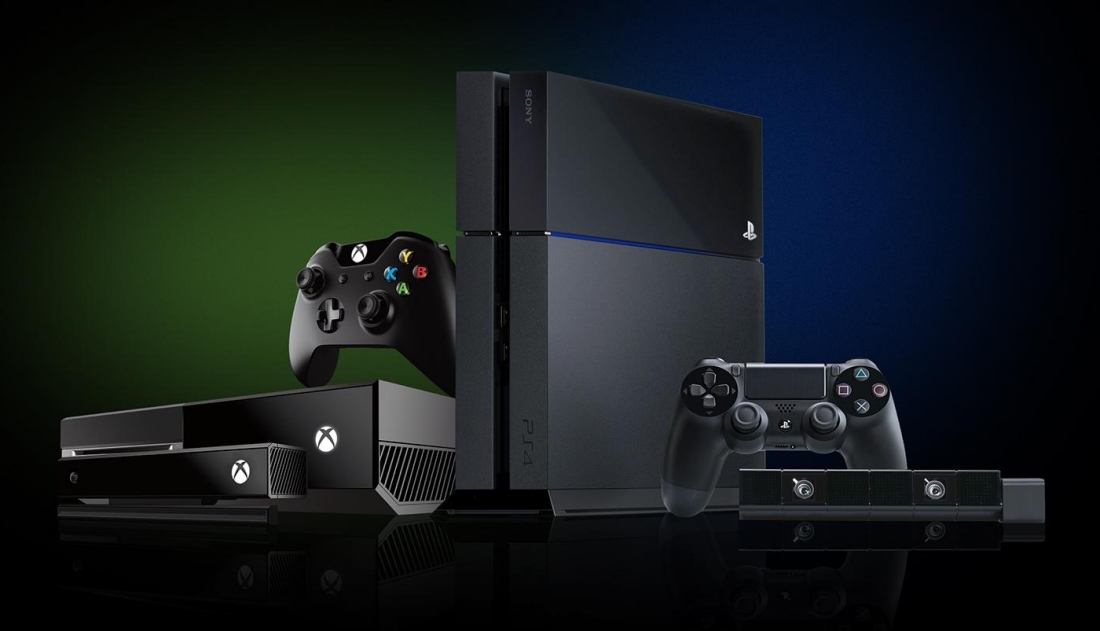At just two years old, the PlayStation 4 and Xbox One haven't yet hit their prime but that doesn't mean Sony and Microsoft aren't already thinking about their successors. In fact, most are certain that development of the tentatively-named PlayStation 5 and Xbox Two is already well under way.
The typical lifecycle of a premium console is around seven years in the mainstream and another three years or so before being put out to pasture. The next consoles from Sony and Microsoft, however, are expected to break this cycle and arrive ahead of schedule due to a number of factors.
Unlike the gimmick that was 3D technology, 4K resolution is already on the path of becoming the next big thing. Despite the slow content rollout, we're already seeing prices drop on 4K-compatible televisions; even mobile devices are moving toward the standard. Simply put, today's game consoles don't have the raw horsepower to support 4K gaming.
Another key driver in the need for faster hardware is virtual reality. Earlier this year, Oculus VR revealed the high-end PC hardware that'll be needed to run the company's virtual reality headset. Today's consoles don't stand a chance, especially if they're to offer a 4K virtual reality experience.
Word on the block is that AMD is tempting Sony and Microsoft with hardware that offers five times the performance of current consoles per watt. Both the PlayStation 4 and Xbox One use custom AMD hardware based on the Jaguar microarchitecture. As Geek notes, this allowed Sony and Microsoft to move to an x86 architecture which simplifies game development.
Assuming they once again take AMD up on their offer, backward compatibility shouldn't be a concern as they'd still be running on the same x86 architecture.
